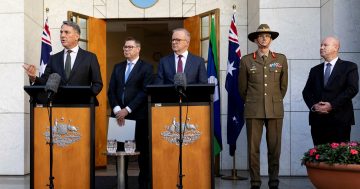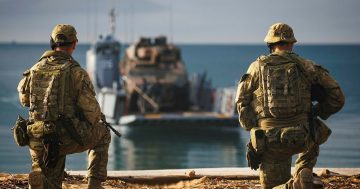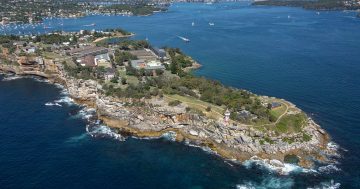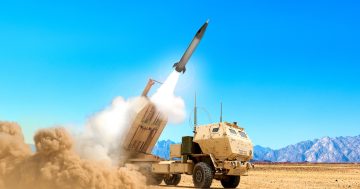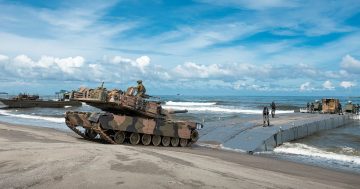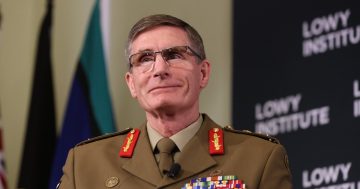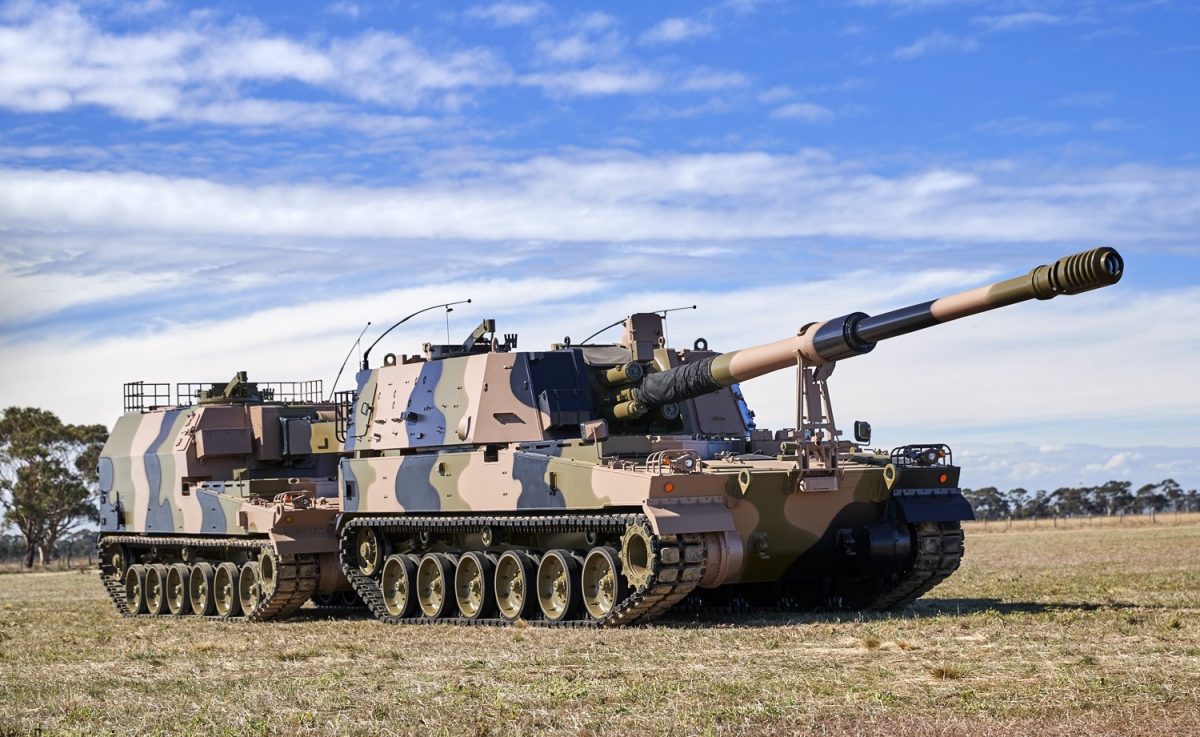
The planned Hanwha AS9/AS10 self-propelled howitzer fleet will be halved. Photo: Hanwha Australia.
Prime Minister Anthony Albanese, Deputy Prime Minister and Defence Minister Richard Marles, and Defence Industry Minister Pat Conroy have released the public version of the Defence Strategic Review (DSR) and the government’s response to the report.
The DSR was established in July last year and was independently authored by former Labor Defence Minister Professor Stephen Smith and former Chief of Defence Force Sir Angus Houston.
It was initiated by the Albanese Government to assess the previous government’s capability procurement plans and proposed force structure and force posture against current and emerging geopolitical and capability threats in the Indo-Pacific region and beyond.
“My government commissioned the Defence Strategic Review to assess whether Australia had the necessary defence capability, posture and preparedness to best defend Australia and its interests in the strategic environment we now face,” the PM said in a joint statement.
“We support the strategic direction and key findings set out in the Review, which will strengthen our national security and ensure our readiness for future challenges.”
Mr Marles added, “There are a lot of tough decisions which need to be made, but in doing so, we are making them in the best interest of our Defence Force and our nation. Work to implement the Review starts today, ensuring our ADF and our Defence personnel has the capability they need to keep Australians safe”.
The DSR process involved more than 150 engagements with Defence officials, ADF personnel, the defence industry, think tanks and academics, state and territory representatives, and other interest groups. It also received more than 360 submissions from the general public, interested parties, organisations, and state and territory governments.
The DSR identified six priority areas for immediate action:
- Acquisition of nuclear-powered submarines (SSN) through AUKUS to improve deterrence capabilities.
- Develop the ADF’s ability to precisely strike targets at longer range and manufacture munitions in Australia.
- Improving the ADF’s ability to operate from Australia’s northern bases.
- Initiatives to improve the growth and retention of the Defence workforce.
- Lifting Australia’s capacity to rapidly translate disruptive new technologies into ADF capability, in partnership with Australian industry.
- Deepening of diplomatic and defence partnerships with key partners in the Indo-Pacific.
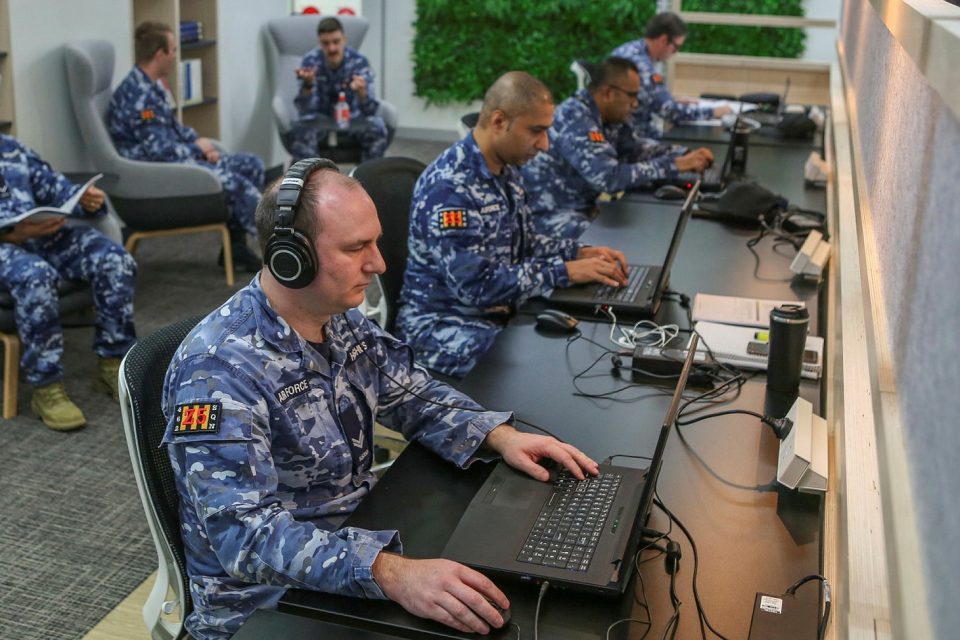
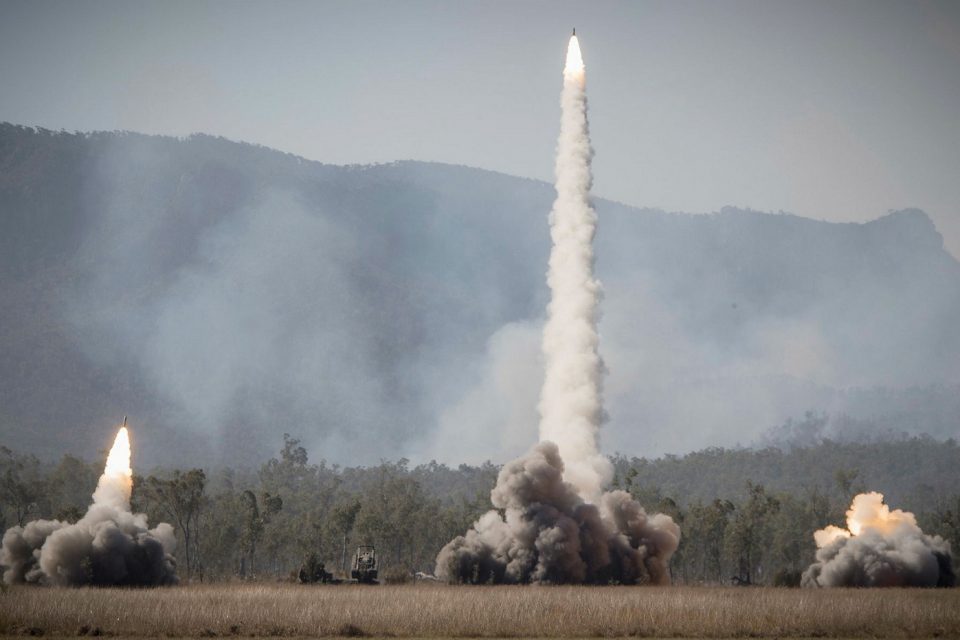
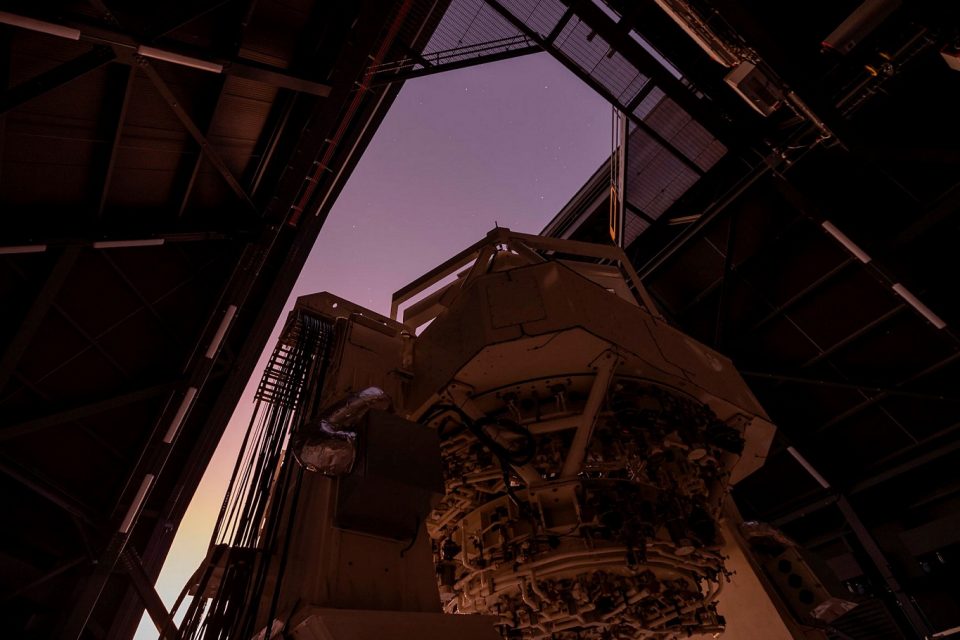
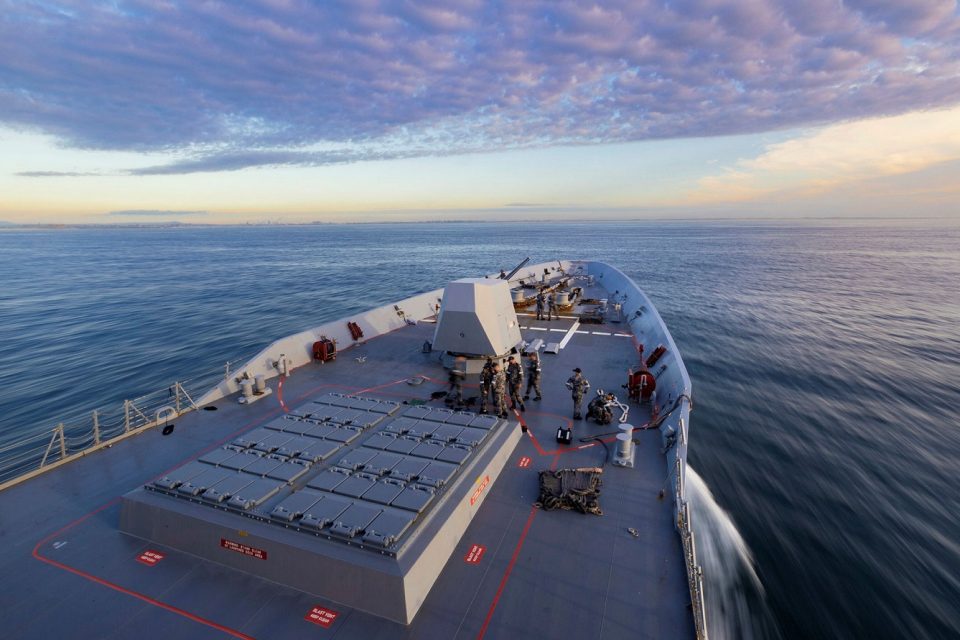


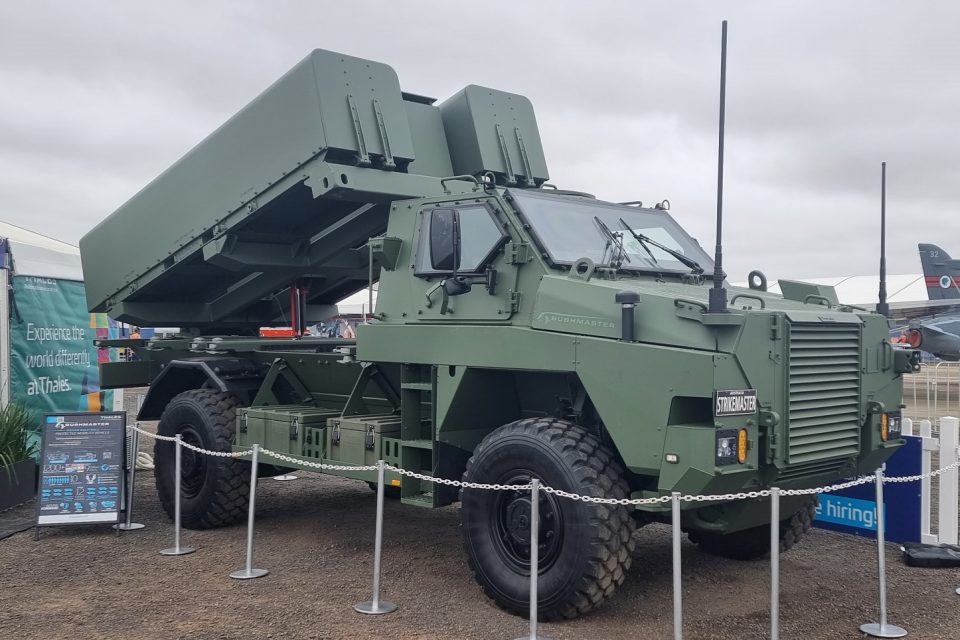

Its recommendations included delaying, reducing, or cancelling some projects to accelerate and fund other, more pressing requirements.
Key among these is the dramatic reduction in the Australian Army’s Project LAND 400 Phase 3 Infantry Fighting Vehicle requirement, from a planned 450 vehicles down to just 129, while the planned acquisition of a second regiment of about 45 Hanwha AS9/AS10 self-propelled howitzers from 2028 under Project LAND 8116 Phase 2 has been cancelled.
But Army has picked up other capabilities, with the planned acceleration and expansion of the planned M142 HIMARS precision rocket capability through the LAND 8113 project, an expanded commitment to the Australian-designed LAND 4100 Phase 2 – Land-Based Maritime Strike capability, and an acceleration of the LAND 8710 Phases 1 & 2 Army Littoral Manoeuvre Vessels (medium & heavy amphibious landing craft).
The Army’s armed reconnaissance helicopter capability – currently serviced by 22 Airbus ARH Tiger helicopters at Darwin – will be moved to Townsville to coincide with the service entry of the new Boeing AH-64E Apache Guardian from 2025.
The DSR says it is important to concurrently deliver these new Army capabilities to be able to achieve the required strategic and operational effect.
For the Royal Australian Air Force (RAAF), rather than identify any new capabilities, the DSR has instead highlighted the need to network and ‘harden’ Australia’s northern air bases and increase its long-range maritime and surface strike capabilities through the integration of the AGM-158C Long Range Anti-Ship Missile (LRASM) with the F/A-18F and F-35A combat aircraft, and the integration of the Kongsberg Joint Strike Missile (JSM) with the F-35A.
The Australian-designed Boeing MQ-28 Ghost Bat uncrewed system – currently undergoing testing in remote South Australia and in the US – was identified in the DSR as an “attritable platform”, which should be prioritised for collaborative development with the US.
Interestingly, despite calls from think tanks and other observers, the DSR poured cold water on any ideas for the RAAF to potentially acquire the US Air Force’s exquisite new Northrop Grumman B-21A stealth bomber. The B-21 is projected to cost more than $1 billion per airframe and is yet to make its first flight.
In the Space domain – which along with cyber, is now considered as a stand-alone domain separate to land, sea and air – the DSR recommended that the ADF’s Space Command, which was stood up in early 2022, move from being a command within the RAAF to become a part of the Joint Capabilities Group (JCG) and be “re-postured to maximise its effectiveness”.
For the Royal Australian Navy (RAN), while no specific programs were identified, the DSR did say that Australia’s current surface fleet is designed to complement conventional-powered submarines and that an enhanced lethality surface fleet will be required to complement the new SSNs.
Therefore, it recommends an independent analysis of the current surface fleet be undertaken by the end of 2023 to examine the planned fleet size, the mix of Tier 1, Tier 2, and smaller surface vessels, their capability requirements, their costs and schedules, and their ability to meet the current and projected strategic circumstances.
In the all-important cyber domain, the DSR said the ADF’s cyber and information operations must be “scaled up” and enhanced to deliver the required responsiveness and breadth of capability to support ADF operations.
The importance of growing the ADF’s capabilities to not just be ‘joint’ but be integrated was stressed in the report. It says this would allow it to “harness effects across all five of the domains”.
The costs of the DSR have not been fully scoped yet, and are pending Defence’s cost analysis of the capability recommendations.












